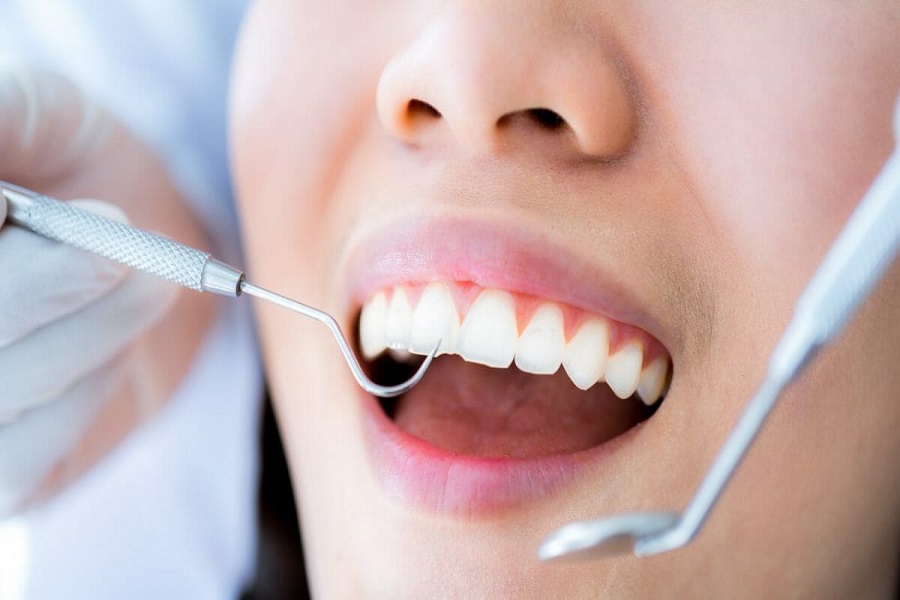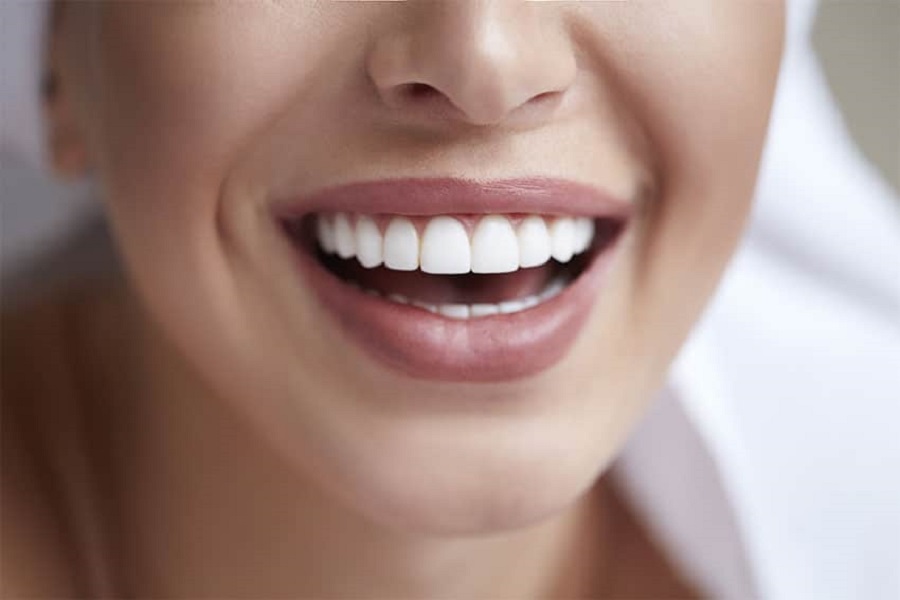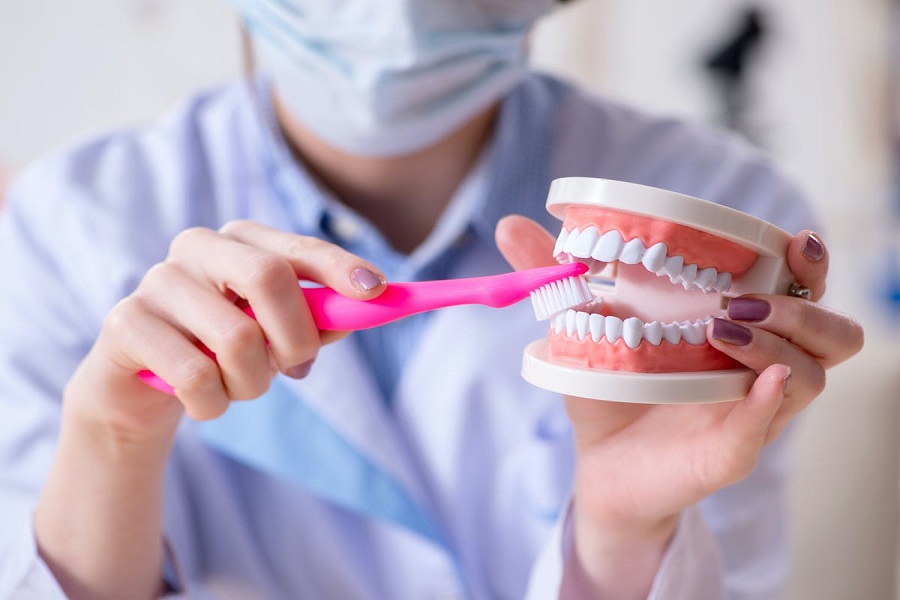The principle of ultrasonic tooth scaling is to use a special sandblasting tooth powder (with sodium bicarbonate powder as the main component), and spray it on the tooth surface through a sandblasting handpiece to remove plaque and pigment. This method is suitable for cleaning dental plaque and pigmented spots in the interdental spaces that are not easily accessible by ultrasonic scalers. The cleaning efficiency of tooth surface pigments is also much higher than that of ultrasonic scalers.
The main function of the principle of ultrasonic scaling is to polish the tooth surface: after the ultrasonic cleaning or manual cleaning, the patient’s tongue will generally feel the roughness of the tooth surface; after sandblasting, the roughness of the tooth surface is gone. Sandblasting can not only polish the outside of the teeth, but also polish the teeth between the teeth. The polished tooth surface is not easy to adhere to the plaque and pigment.
The principle of ultrasonic tooth cleaning adopts the scientific method of tooth brushing. Food residues are mainly deposited in the gaps between the teeth. When brushing the teeth horizontally, the bristles cannot enter the gaps between the teeth. How can we remove the food residues in the gaps? The correct brushing method should be the vertical brushing method along the teeth, this brushing method can extend the bristles into the teeth, so the cleaning effect is good.
The specific brushing method is roughly: place the toothbrush at the junction of the teeth and the gums, so that the bristles are at a 45-degree angle to the teeth, then turn the brush head, brush along the teeth, brush the upper teeth from top to bottom, and brush the lower teeth. , brush from bottom to top.






























